The MAEKAN Classroom is a series created by the MAEKAN team to pass on the skills we’ve learned in the past few years. We don’t plan to wait until we have a “masterclass” or spent decades honing our craft to share experience and knowledge that works. We want to help get self-taught creatives started telling and publishing their stories today.
This initial series of lessons intends to go through how you can produce your own audio stories. We’re starting at point zero: the story itself. Establishing the angle for your story is going to guide you as you work through the rest of the production process, especially if that happens to get long and complicated. By the end of this episode, you should have a few topics or subjects in mind as well as a few different ways to tell a story about each of them.

Fundamentals
• A strong message, purpose or vision is going to be more valuable to the story than just special effects, production value or cheap gags.
• Your end goal is to be listened to, so you should balance your audience’s satisfaction with your artistic vision.
• If you plan on recording stories as part of a larger project, consider whether a topic, subject or angle fits within your overall scope and direction.
• Like any other art, storytelling through audio is going to be a balancing act of many factors. Some things you shouldn’t budge on, some things can be flexible and some things will simply be out of your control.
Finding Your “Angle”
We’ve personally settled on the word “angle” at MAEKAN, but what “angle” really means is simply your approach to telling the story, especially if the topic’s been covered before. An otherwise good story can become a great story if it’s been shaped and set up for the greatest impact. There are a lot of factors that will influence an angle, but you can point yourself in a good direction by answering at least one of the next four questions.
Note that we don’t believe in a single “correct” solution and the questions should be used as prompts as there are many approaches to tackling the same problem.
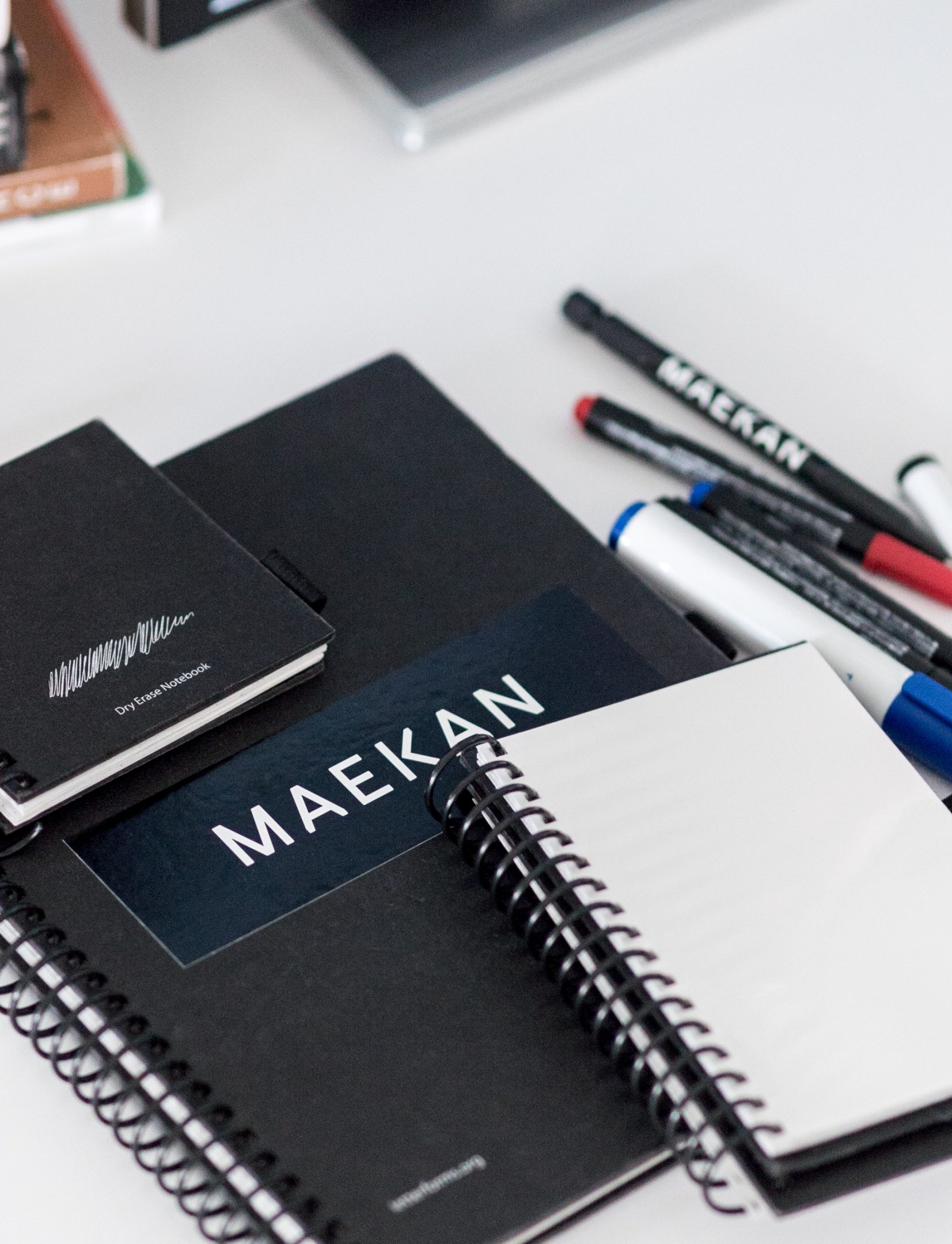
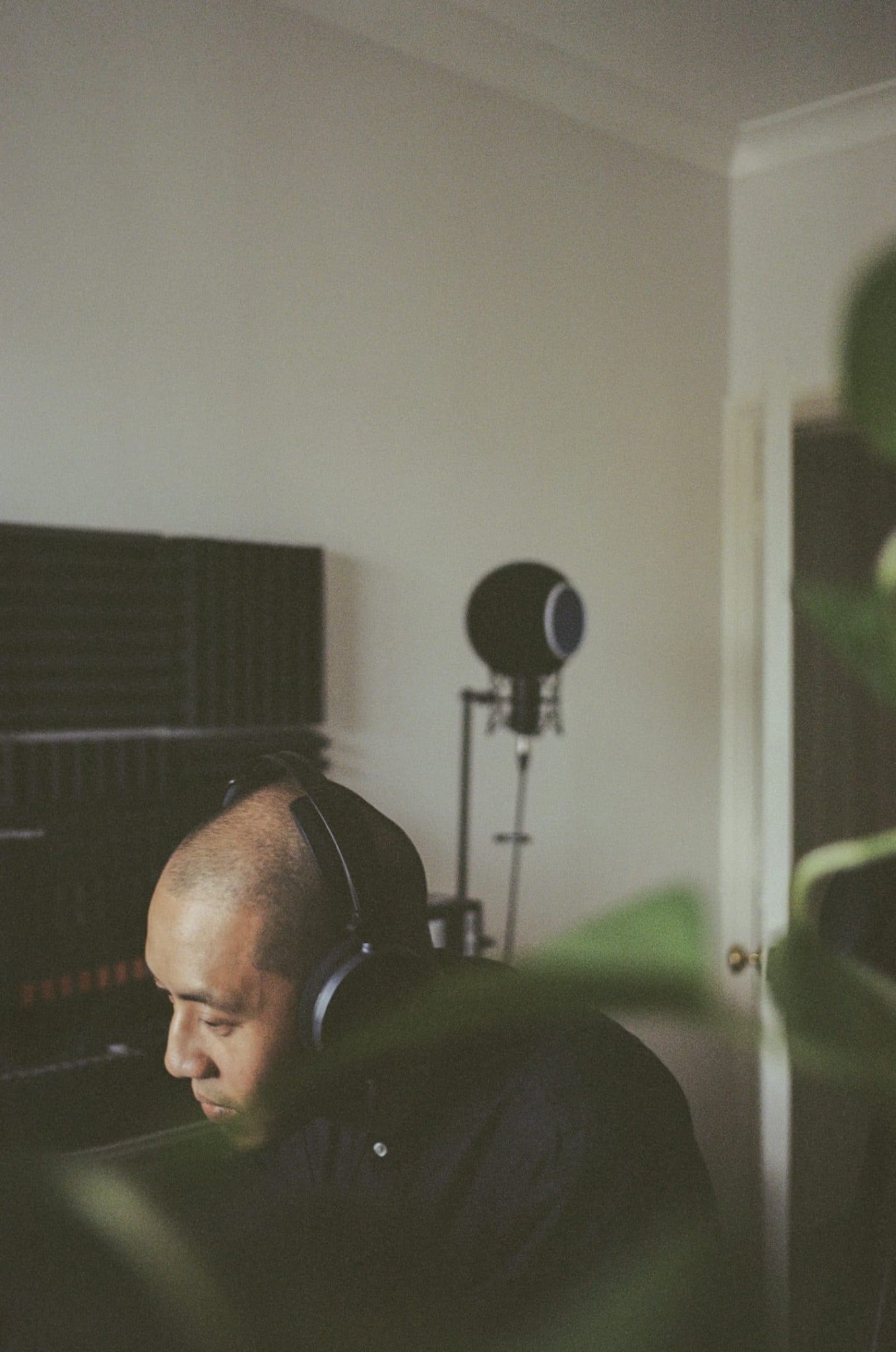
Who are your listeners?
Knowing (and specifying your audience) is key. Just as important is how wide a spectrum of listeners you want to reach: You might choose to speak more directly to a small and specific group of listeners, or you can decide to make the story more approachable to a general audience or people unfamiliar with the topic.
For us, we try to cater to curious minds both inside and outside creative culture. Our audience is mostly English-speaking, mostly based in the States, and generally tends towards the younger side. We also strive towards inclusiveness and diversity in our coverage.
While this does set the overall tone for our editorial direction, here are some specific examples of how considering our audience influenced the production of some of our stories.
How do you want them to feel by the end?
What emotions or thoughts do you want your audience to have in the end? Do you want them to come away moved? Angry? Happy?
While you might find some stories inherently “feel” a certain way, don’t confine yourself to telling the story around the most obvious choice of emotions. Further, if your story is more on the informative side, to balance it, think of what emotions you can channel.
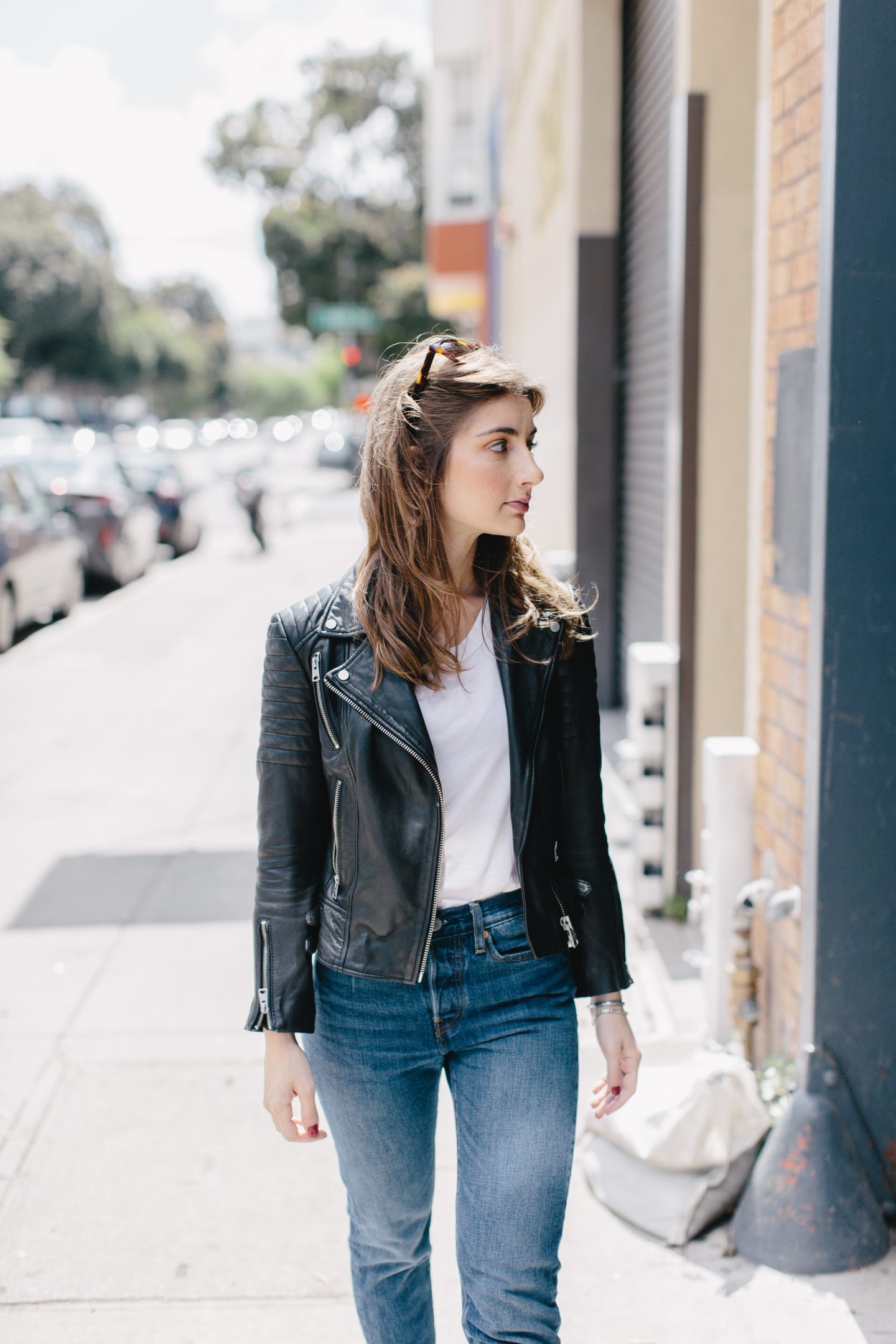
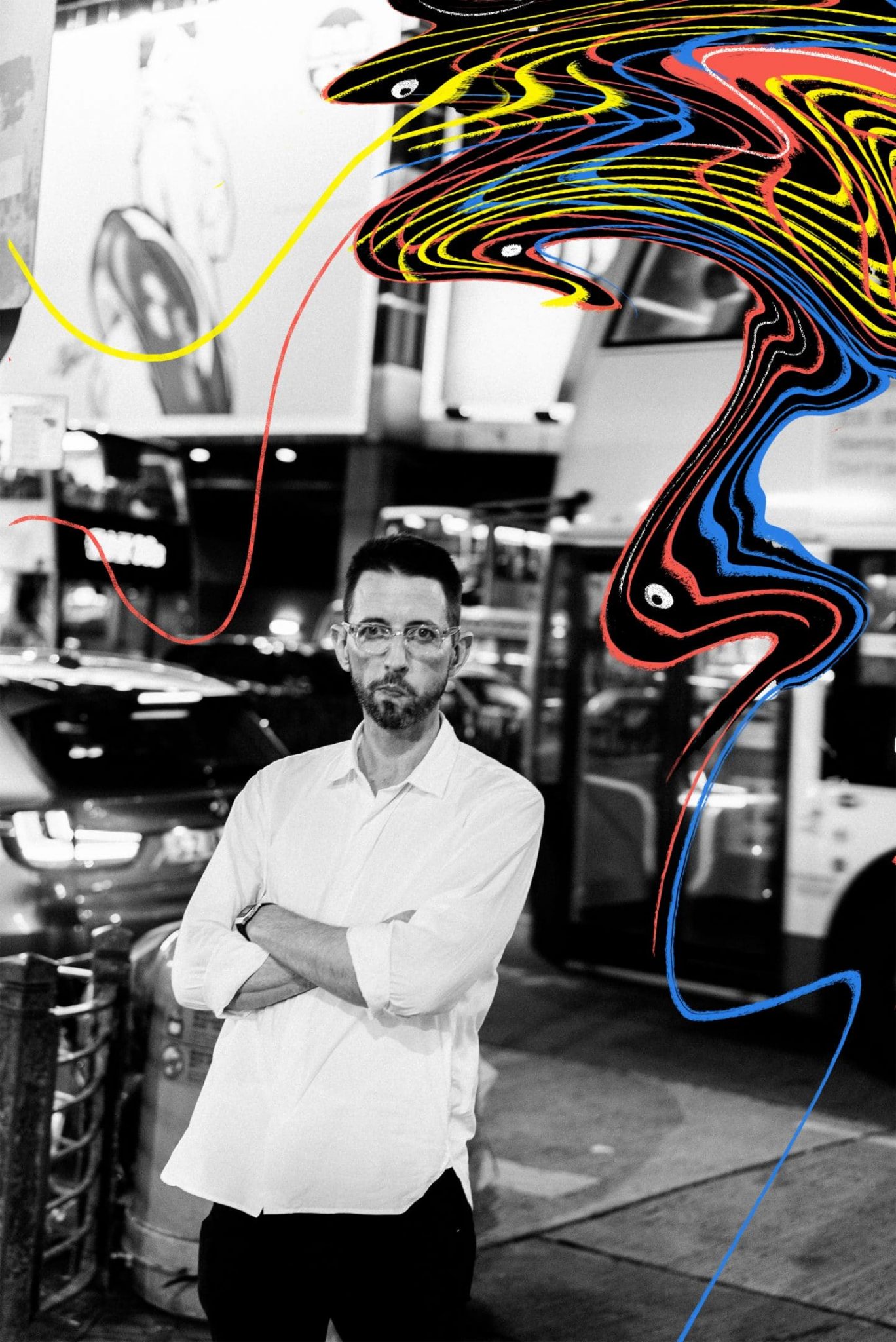
What are you trying to communicate?
If you are trying to use your story as a means of communication, what objective key message(s) or themes are you trying to drive home with your story? Some ways to outline your message could include:
• That people normally think this about [topic], but they should consider this.
• This is happening, and this is why it’s important.
• Let me introduce [topic], and tell you what makes [topic] interesting.
• This is how [topic] should be remembered instead.
• This is why [topic] will become important in the future.
Here are examples of underlying themes and messages in some of our stories.
What is your story going to do?
If you’re not sure how to answer #2 or #3 yet—and this will certainly happen on stories where you jump in with nothing but an open mind—can you at least establish what the tone of the finished story is likely going to be? It could be serious, funny, thought-provoking, moving, or quirky, among other things.
Or, put another way, are you going to Inform, Entertain or Inspire your audience? If you plan to do two or more of those things, you’ll be setting yourself up to tell a story with depth and variety.
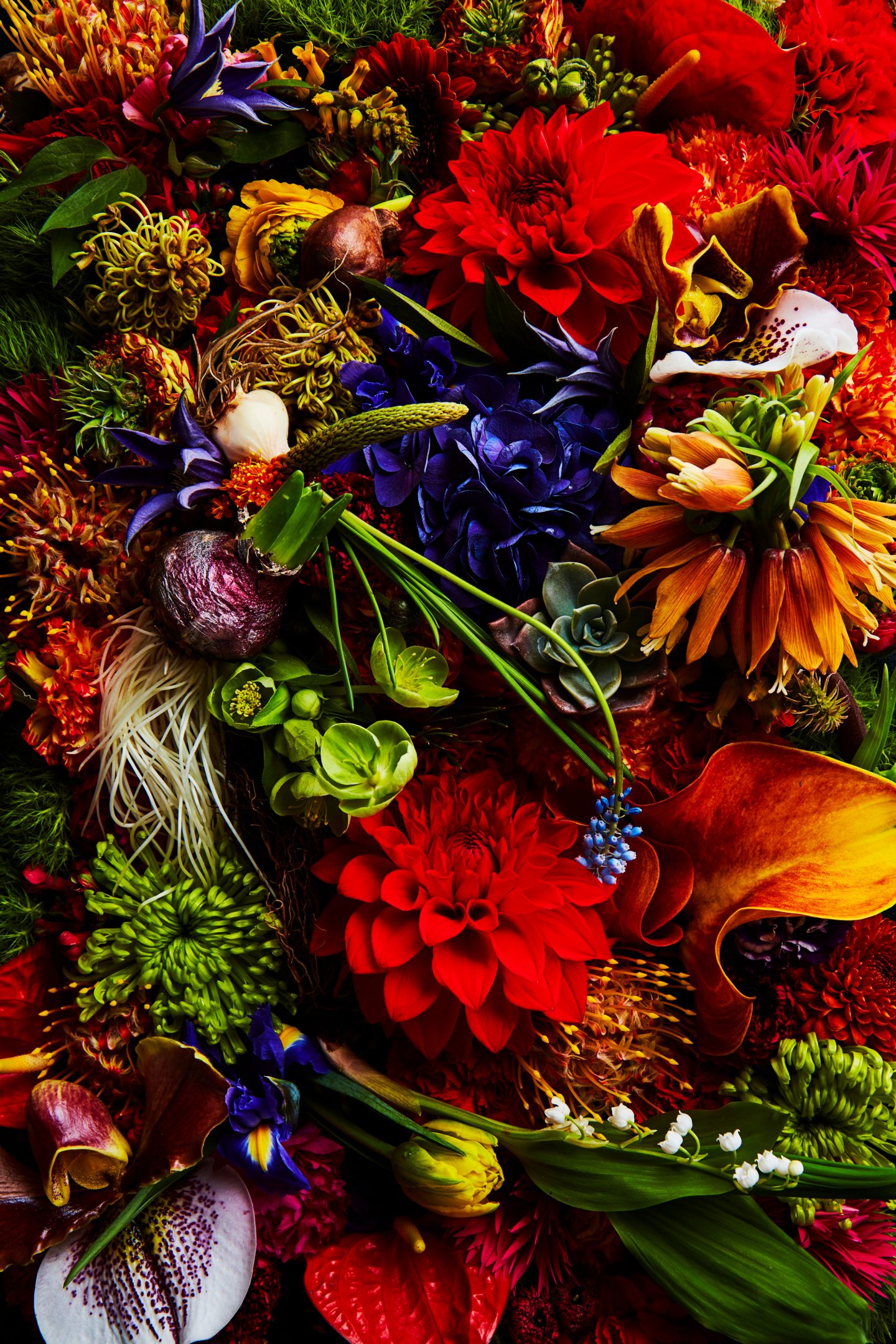
Key Takeaways
To sum up, your goal at this phase is to figure out:
• What you’re trying to communicate
• Who you’re trying to reach
• How you want them to feel in the end
• How you’re going to accomplish that.
This will become your “angle,” direction or approach, depending on what word you’d like to use.
If you need to, once you’ve answered these four questions for yourself, summarize the answers and make a note of it somewhere you can reference as you produce your story. This “compass” will be invaluable if your story starts to get more complex and the production process gets longer.

In the next step, we’ll look at the tools you’ll use to capture and process the audio used in your story. Stay tuned!
All Sections
Part 6 — Publishing & Promotion
If you have any questions or feedback on this episode or series, drop us a line at info@maekan.com.





















